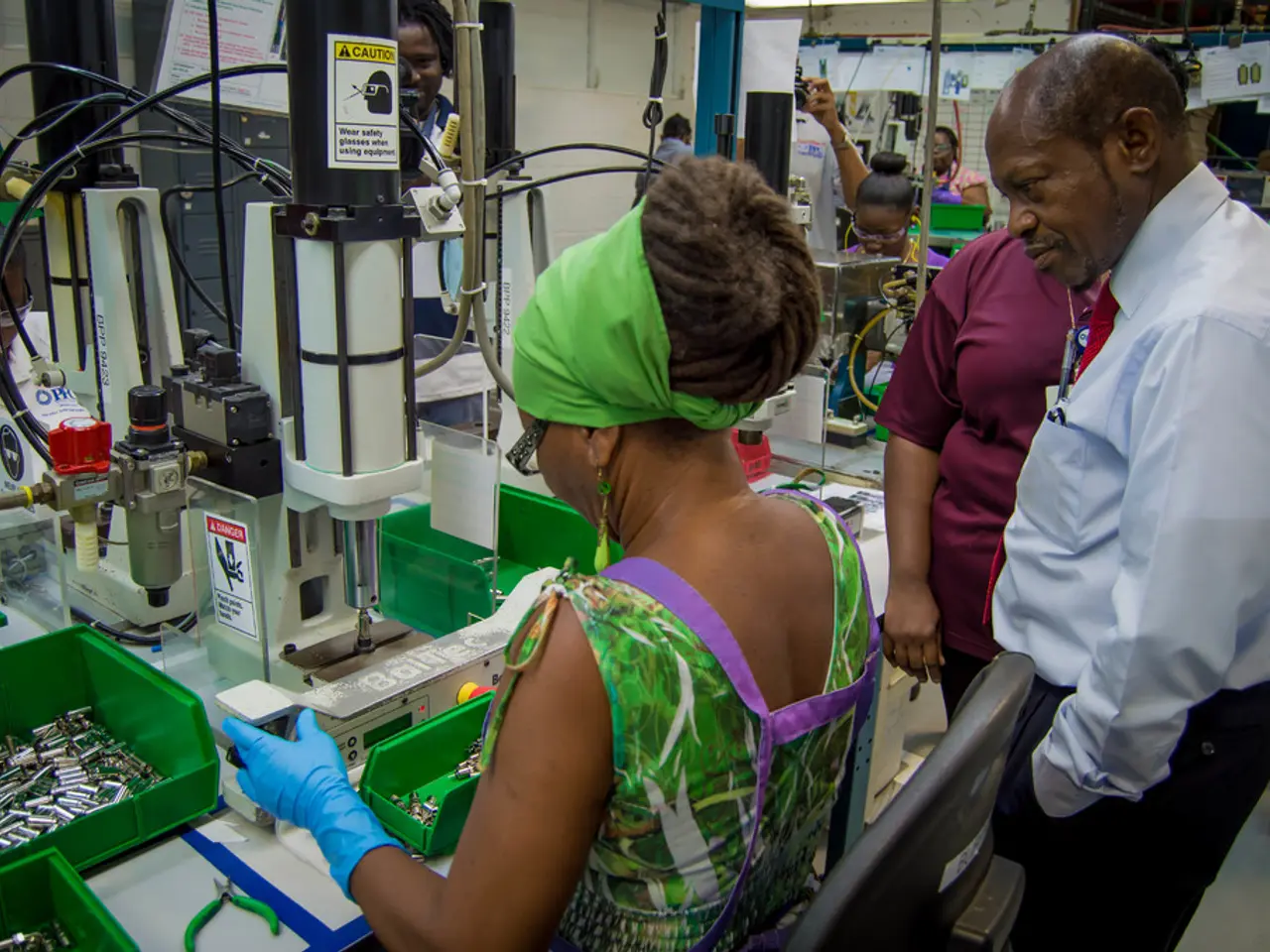Discover Techniques to Dominate Necessary Internet Applications for Daily Efficiency Enhancement
In today's digital age, streamlining task management and project planning is essential for both individual and team digital productivity. A multitude of tools, such as Todoist, TickTick, Microsoft To Do, Trello, Asana, and Jira, offer features for organizing, prioritizing, and tracking tasks effectively.
One such tool that has proven particularly beneficial is Notion, a digital workspace that consolidates research, article outlines, and draft snippets, saving time and boosting digital productivity.
But digital productivity extends beyond merely using technology. It's about strategically leveraging digital resources to streamline workflows, enhance efficiency, and accomplish more with less effort.
Key Strategies for Enhancing Digital Productivity
- Choose appropriate and integrated tools: Use communication and collaboration platforms that fit your team's needs, such as chat apps, video conferencing, project management software, and shared document editors. Ensure they integrate seamlessly to keep information consistent across workflows. Examples include Slack for messaging, Google Drive or Office 365 for documents, and project trackers like Jira or Trello.
- Set clear goals, roles, and expectations: Define what the team aims to achieve and clarify individual responsibilities to avoid confusion and conflicting efforts. This establishes a productive structure around the tools you use.
- Foster open communication and transparency: Encourage regular sharing of ideas, constructive feedback, and progress updates in safe, accessible channels. Open communication enhances alignment and trust, vital for effective digital collaboration.
- Develop intentional collaboration habits: Regular check-ins, promoting idea sharing, mutual support, and recognizing diverse working styles help teams leverage tools better and build stronger working relationships despite physical distances.
- Leverage AI-powered productivity tools: Incorporate AI tools such as Reclaim AI for smart calendar management, Grammarly AI for communication clarity, and Zapier AI for automating repetitive tasks. These can reduce distractions, automate scheduling, and improve content quality, thereby increasing deep work time and reducing overhead like excessive meetings.
- Create an integrated ecosystem of specialized tools: Using multiple AI assistants and productivity apps that complement each other—for example, combining scheduling, task management, email automation, and content creation tools—maximizes digital productivity by letting each tool do what it does best in harmony.
- Dedicate time to review and optimize your digital setup: A small amount of time each week spent reviewing and optimizing one's digital setup can yield significant long-term gains in digital productivity.
Tools for Focus and Time Management
Browser extensions and applications like Freedom, Forest, and Cold Turkey block distracting websites and apps for a set period, creating a digital environment conducive to deep work. Digital note-taking tools offer searchability, multimedia integration, cross-device syncing, and far surpass traditional pen and paper.
Embracing Automation
Automation is the ultimate productivity hack, allowing users to delegate repetitive, rule-based tasks to software. Small business owners can save time by setting up automation, such as automatically creating new contacts in their CRM and adding them to specific email marketing lists based on new customer orders.
Prioritizing Security and Privacy
The National Institute of Standards and Technology (NIST) advocates for the use of multi-factor authentication and robust password practices as essential cybersecurity measures. Strong, unique passwords and two-factor authentication are crucial for securing cloud storage and access.
By applying these strategies systematically, individuals and teams can fully harness communication and collaboration tools, reduce friction, and boost productivity in a digital environment. The critical success factors are tool integration, clarity of purpose, open communication, and leveraging AI-driven automation and intelligent scheduling.
- In the digital age, integrating appropriate tools like communication platforms, video conferencing, and project management software, ensures consistent information and streamlines workflows, boosting digital productivity.
- For personal growth and workplace-wellness, using AI-powered productivity tools such as Reclaim AI, Grammarly AI, and Zapier AI, can help automate repetitive tasks, reduce distractions, and increase deep work time, thereby improving productivity.
- Embracing education-and-self-development through learning how to effectively leverage digital resources for task management and project planning contributes to personal growth, productivity, and overall digital success.
- In the pursuit of cybersecurity, prioritizing practices like multi-factor authentication and robust password management, as advocated by the National Institute of Standards and Technology (NIST), is essential for securing cloud storage and protecting valuable digital assets.
- A critical aspect of productivity is taking measures to create a focused and productive digital workplace by using tools like Freedom, Forest, and Cold Turkey to block distracting websites and apps during designated work periods.




